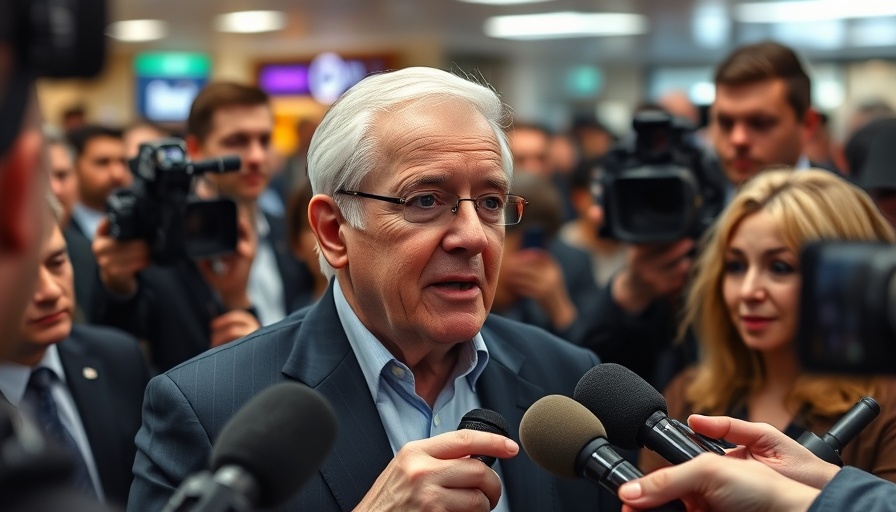
A Political Shift in Florida's Public Universities
In a significant restructuring of leadership within Florida’s public universities, three allies of Governor Ron DeSantis have been installed as presidents of major institutions. This move aligns with a trend observed in the state's educational landscape where loyalists of the governor now hold substantial power. With the recent confirmations, the count of public universities led by former Republican lawmakers or lobbyists has risen to five out of twelve.
Opponents of these appointments argue this trend signifies a concerning shift towards politicization in academic governance. The selection of individuals like Manny Diaz, previously the state education commissioner, and telecommunications lobbyist Marva Johnson has drawn criticism. Notably, Johnson's confirmation as president of Florida A&M University, the state’s only historically Black university, has stirred discontent among its student body. They express fears that her ties to DeSantis may jeopardize the university's commitment to diversity and inclusion.
Understanding the Driving Forces Behind the Appointments
Supporters believe these appointments will grant Florida’s universities political influence necessary for securing more funding, especially during times of shifting legal and educational policies. This perspective is reinforced by a recent rejection of a well-respected candidate for the University of Florida presidency due to conservative backlash linked to his support for diversity programs. The dynamics at play here reflect broader national trends in higher education where political affiliation increasingly dictates institutional leadership.
Looking Ahead: The Future of Higher Education in Florida
As DeSantis’s conservative educational policies take hold, those in Florida’s higher education community may need to adapt quickly to the evolving landscape. This realignment may shape not just leadership but the very fabric of educational priorities moving forward. The focus on loyalty over academic credentials raises crucial questions about the future of academic governance in Florida and the potential long-term impacts on students and faculty.
While supporters assert that this path could lead to stability and increased funding for state institutions, critics warn of an era where political ideology overshadows educational merit. As these developments unfold, all eyes will be on the effectiveness and inclusivity of the leadership within Florida's public universities.
 Add Row
Add Row  Add
Add 



Write A Comment